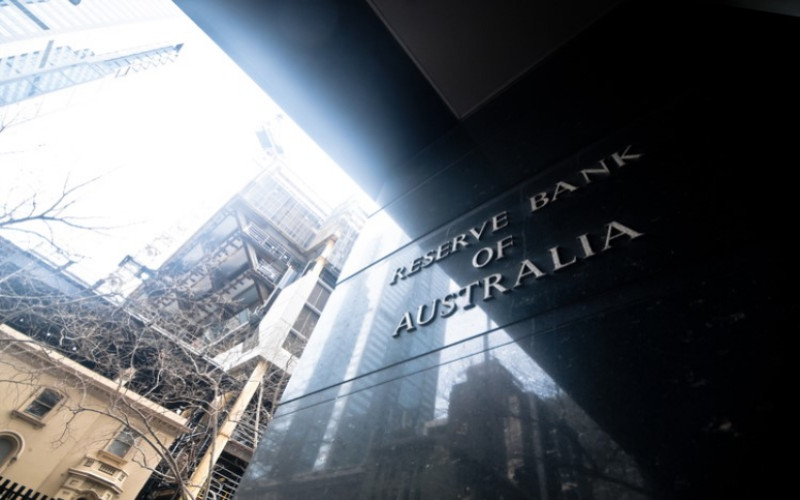
The Reserve Bank of Australia (RBA) lifted the cash rate by 50 basis points, bringing the cash rate to 1.35%.
This move marks the third consecutive rate increase by the central bank, and more rate hikes are expected until the end of the year.
Here are the highlights from the latest monetary policy statement by RBA Governor Dr Philip Lowe:
- Inflation in Australia remains high, but not as high as it is in other countries. The local factors that have the highest impact on the current inflation are the strong demand, tight labour market, and capacity constraints in some sectors.
- It is expected for inflation to peak later this year, then descend towards the 2% to 3% target range next year.
- The unemployment rate was at a steady 3.9% in May, the lowest rate in almost 50 years.
- Housing prices have also declined in some markets over recent months after the large increases of recent years.
- Household spending remains a source of ongoing uncertainty — while recent spending data have been positive, household budgets are under pressure from higher prices and higher interest rates.
- Household saving rate remains higher than it was before the pandemic. Households have large financial buffers boosted by the stronger income growth.
- The RBA believes the extraordinary monetary support put in place to help the Australian economy amid the pandemic is no longer needed.
- The RBA is expected to “normalise” monetary conditions in Australia in the coming months.
- The pace at which the cash rate is expected to increase will depend on the outlook for inflation and the labour market.
In a speech last month, Dr Lowe said it is no longer appropriate for the cash rate to be in the COVID-emergency levels especially given the inflation and the general outlook for the economy.
“As we chart our way back to 2% to 3% inflation, Australians should be prepared for more interest rate increases - the level of interest rates is still very low for an economy with low unemployment and that is experiencing high inflation,” he said.
“I want to emphasise though that we are not on a pre-set path; how fast we increase interest rates, and how far we need to go, will be guided by the incoming data and the RBA’s assessment of the outlook for inflation and the labour market.”
Wealthi cofounder Peter Esho said it would be interesting what happens towards the end of the year, as it would determine when and at what stage the cash rate increases would be capped.
“Rate rises are here for the next few months, but the outlook for future rate rises next year is becoming a little less certain,” he said.
“We think the RBA will raise to a cash rate of around 2% before realising that inflation is no longer a diabolical threat and that growth expectations need to be supported by an accommodative monetary policy.”
"At that point, the RBA will halt and probably sit at the 1.5-2.5% cash rate level for a few years to come."
Collections: Interest Rates Mortgage News



Share